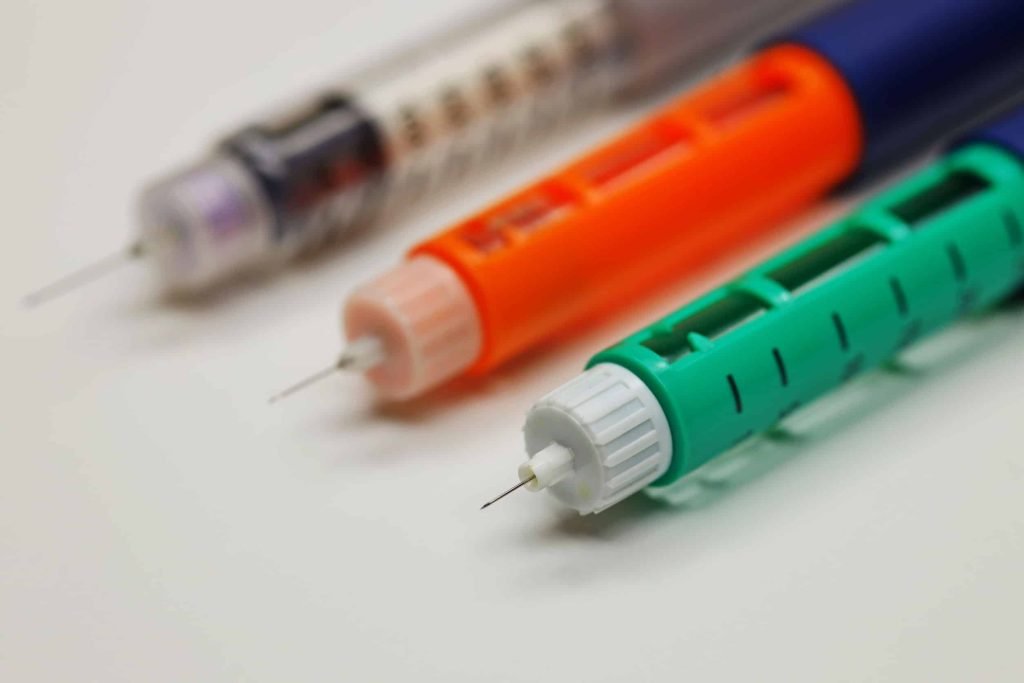**Levemir vs Tresiba: A Comprehensive Comparison**
Levemir and Tresiba are two popular brands of commercial insulin used to manage [Type 1 and Type 2 diabetes](https://prohealthsupporter.com/type-1-vs-type-2-diabetes/). But how do these medications stack up against each other? Read on to explore the differences between these two insulin options.
## **What is Tresiba?**
[Tresiba](https://prohealthsupporter.com/shop/insulin-tresiba-flextouch-200u-ml-3ml/) (insulin degludec) is a long-acting form of insulin. It begins to work several hours post-injection and remains effective for up to 24 hours. Due to its extended duration, multiple doses of Tresiba are unnecessary.
[Tresiba](https://prohealthsupporter.com/shop/insulin-tresiba-flextouch-100u-ml-3ml/) is a prescription medication for adults and children with Type 1 and Type 2 diabetes. However, it’s not suitable for children under one year old.
It is available in vials and a prefilled FlexTouch pen. Specifically, its disposable pen form comes in U-100 with 300 units of insulin and U-200 with 600 units.
## **What is Levemir?**
Levemir is another type of long-acting insulin used to manage diabetes. It contains insulin detemir, which starts working a few hours after injection and lasts around 24 hours, similar to Tresiba.
[Levemir](https://prohealthsupporter.com/shop/insulin-levemir-penfill-100u-ml-3ml/) is used to treat both Type 1 and Type 2 diabetes in both pediatric and adult patients. It’s important to note that children must be at least two years old to use Levemir.
[Levemir](https://prohealthsupporter.com/shop/insulin-levemir-flextouch-100u-ml-3ml/) is typically available in FlexTouch pens with a maximum dose of 300 units. Levemir vials are also widely available in pharmacies.
## **Difference Between Tresiba and Levemir**
The key difference between Tresiba and Levemir lies in the type of insulin they contain. While Tresiba comprises insulin degludec, Levemir includes insulin detemir. Despite this difference, both have similar onset and duration of action.
Both medications effectively manage Type 1 and Type 2 diabetes in adults and children. While Levemir is available in a single dose unit (300), Tresiba offers two dosage units (300 and 600).
Once opened, both Tresiba and Levemir can be stored in the refrigerator or at room temperature. They have usage expirations of 42 and 56 days, respectively.
## **Tresiba and Levemir Side Effects**
Tresiba and Levemir share several common side effects, including:
– Hypoglycemia
– Weight gain
– Headaches
– Runny nose
– Sneezing
– Sore throat
– Site injection irritation
Side effects more commonly associated with Tresiba include:
– Low blood glucose (hypoglycemia)
– Allergy symptoms
– Injection site reactions
– Redistribution of body fat (lipodystrophy)
– Itching
– Rash
– Swelling
– Weight gain
– Runny or congested nose
– Upper respiratory tract infection
– Headache
– Sinusitis
– Stomach discomfort or upset
– Diarrhea
Common side effects for Levemir include:
– Pain, redness, and irritation at the injection site
– Swollen hands or feet
– Skin thickening at the injection site
– Weight gain
– Headache
– Backache
– Abdominal pain
– Flu-like symptoms
